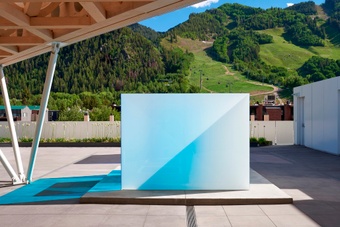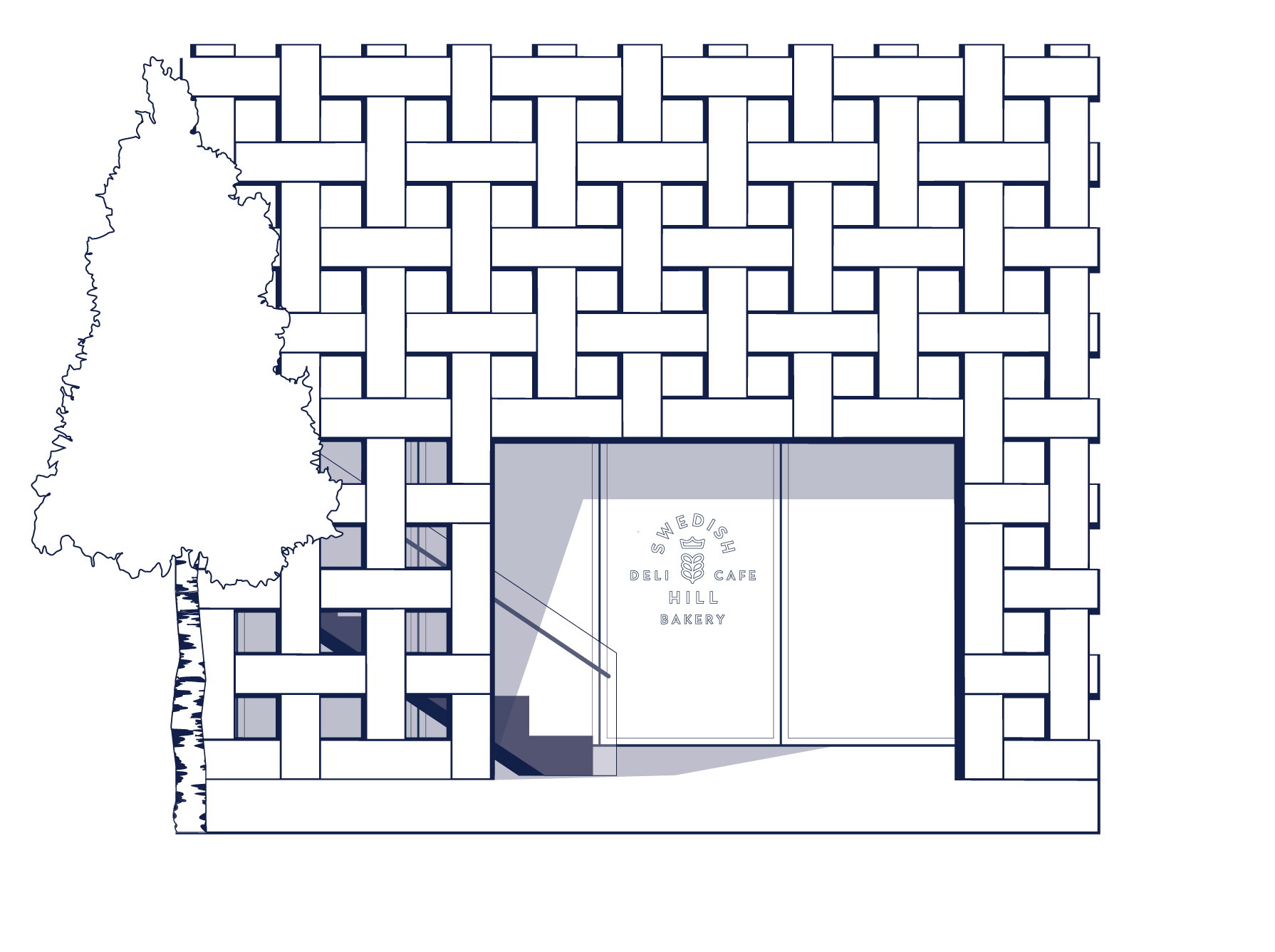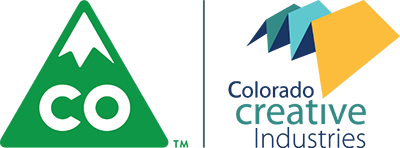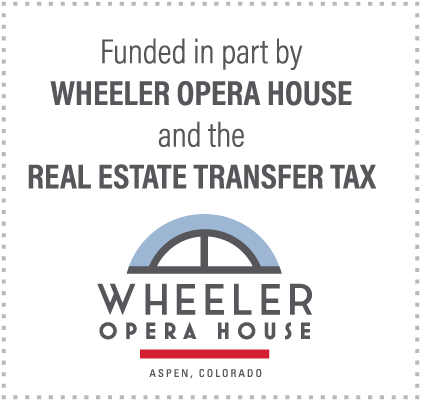Aspen Art Museum
- Categories
- All events
- Talks and Lectures
- Member Events

- For more information on how you can join the AAM, please visit the Street Level Visitor Information Desk, inquire in the Shop, or call 970.925.8050.

- Swedish Hill Aspen is open on our Rooftop from 8AM–3PM

- Aspen Art Museum is an artist-founded institution dedicated to supporting artists in the development of bold ideas to shape our museum and the field of art today.
-
May 15, 2020
-
4 PM Slow. Look. Live.
Oscar Murillo, Current Exhibiting Artist at the AAM, La Paila, Valle del Cauca, Colombia
AAM exhibiting artist Oscar Murillo delves into the idea of being grounded as he spends time in his small hometown in the mountains of Colombia, finding sites of slowness and solitude in the local rural landscape. What is it like to be a global artist residing in a single location? Murillo looks to his flight # drawing series, often drafted on airplanes, in hotels, and other liminal spaces. Murillo asks viewers to consider what makes them feel present and, ultimately, liberated in this particular moment, one in which we may pause, reboot, and reset.
-
-
May 20, 2020
-
In this week’s Art Studio Live!, we will use recycled toilet paper tubes to make our own unique toy cars! Please join us this Wednesday at 2:30 p.m. (MT) on Instagram Live for a step-by-step tutorial. Vroom! Vroom!
-
-
May 22, 2020
-
4 PM Slow. Look. Live
AAM Educator Teresa Booth Brown and Meditative Looking (Aspen, CO)
AAM Educator and artist Teresa Booth Brown creates abstract geometric collages. Her presentation will invoke meditative experiences to lead viewers through a guided looking experience—focusing first on a single spot within a composition, then outward to explore a wider perspective. Booth Brown will also discuss her artistic practice with emphasis on her influences and recent projects.
-
-
May 24, 2020
-
5 PM Teen Council
Art School Prep
Portfolio ReviewJoin the AAM and our special guests on Monday, May 24, from 5–6:30 p.m. (MT) for an informal portfolio review. In this session, you will be able to apply all the new knowledge you’ve gained from the Art School Prep series and discuss five artwork submissions of your choice. Spaces are very limited, so please apply soon.
-
-
May 27, 2020
-
Join our AAM School, Youth, & Family Programs Manager, Elisabeth, and her niece, Anya, on Instagram Live for Art Studio Live!, to learn how to make your own papier-mâché masks. A good and messy time is sure to be had by all!
-
-
May 29, 2020
-
12 PM Slow. Look. Live.
Exhibiting Artist Abraham Cruzvillegas on Setting New Patterns—Paris, France
AAM exhibiting artist Abraham Cruzvillegas recently remarked that “slowing down is much more work than I imagined!” For many of us, this period is marked by new modes of efficiency and ingenuity which call into question our previously unquestioned processes of creative production. Cruzvillegas has spent much of his time in quarantine in his apartment in Paris, a city with a historical relationship to enclosure. He has since relocated to the French countryside, where he discusses how his daily life as an artist has shifted, how he has set new patterns, and what he has learned so far.
-
-
Jun 12, 2020
-
4 PM Slow. Look. Live.
Damien Davis, Brooklyn, NY: Demand What You Want
As an artist, how can one find a place for themselves when the dominant narrative sometimes diverges from their experience and values? How can one make the structure of critique useful? Breaking down the idea of the monolithic voice, especially as it relates to art, is an important part of Brooklyn-based artist and arts professor Damien Davis’s practice.
-
-
Jun 17, 2020
-
2:30 PM
Art Studio Live! Collagraphy
Let’s get together to explore a super creative and experimental form of printmaking called Collagraphy!
A collagraph is a type of print made from a textured collage or relief. They are easy to make because you can use interesting materials and common items found around your home. Collagraphs are one-of-a-kind works of art, and the results are always surprising.
-
-
Jun 24, 2020
-
For this week’s Art Studio Live!, we will recycle egg cartons and repurpose them to make cute animal friends! Please join us on Wednesday at 2:30 p.m. (MT) to make adorable turtles, ladybugs, and caterpillars!
-
-
Jun 26, 2020
-
4 PM Slow. Look. Live.
Slow.Look.Live. Andros Zins-Browne
Join us at 4 p.m. (MT) as we welcome dancer, choreographer, and interdisciplinary artist Andros Zins-Browne to help us reflect on the need to rethink death in our lives at this moment, and elaborate on his own experiences of recognizing his limits as an artist and of art making itself right now. The talk will also include a reading of several texts that have resonated with him during quarantine and his consideration of the revolutionary potentials of trying to learn from worms.
-
free courtesy
Amy & John Phelan
- Aspen Art Museum
- 637 East Hyman Avenue
- Aspen, Colorado 81611
- t: 970.925.8050
- f: 970.925.8054
- info@aspenartmuseum.org
| Hours |
|
Tuesday–Sunday, 10 AM–6 PM
Closed Mondays
|
© 2024 Aspen Art Museum
General operating support is provided by Colorado Creative Industries. CCI and its activities are made possible through an annual appropriation from the Colorado General Assembly and federal funds from the National Endowment for the Arts.



General operating support is provided by Colorado Creative Industries. CCI and its activities are made possible through an annual appropriation from the Colorado General Assembly and federal funds from the National Endowment for the Arts.





















